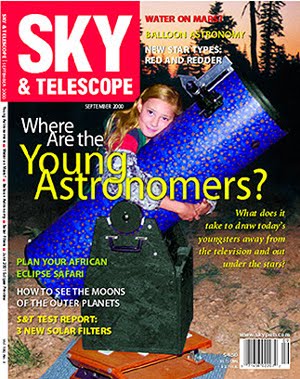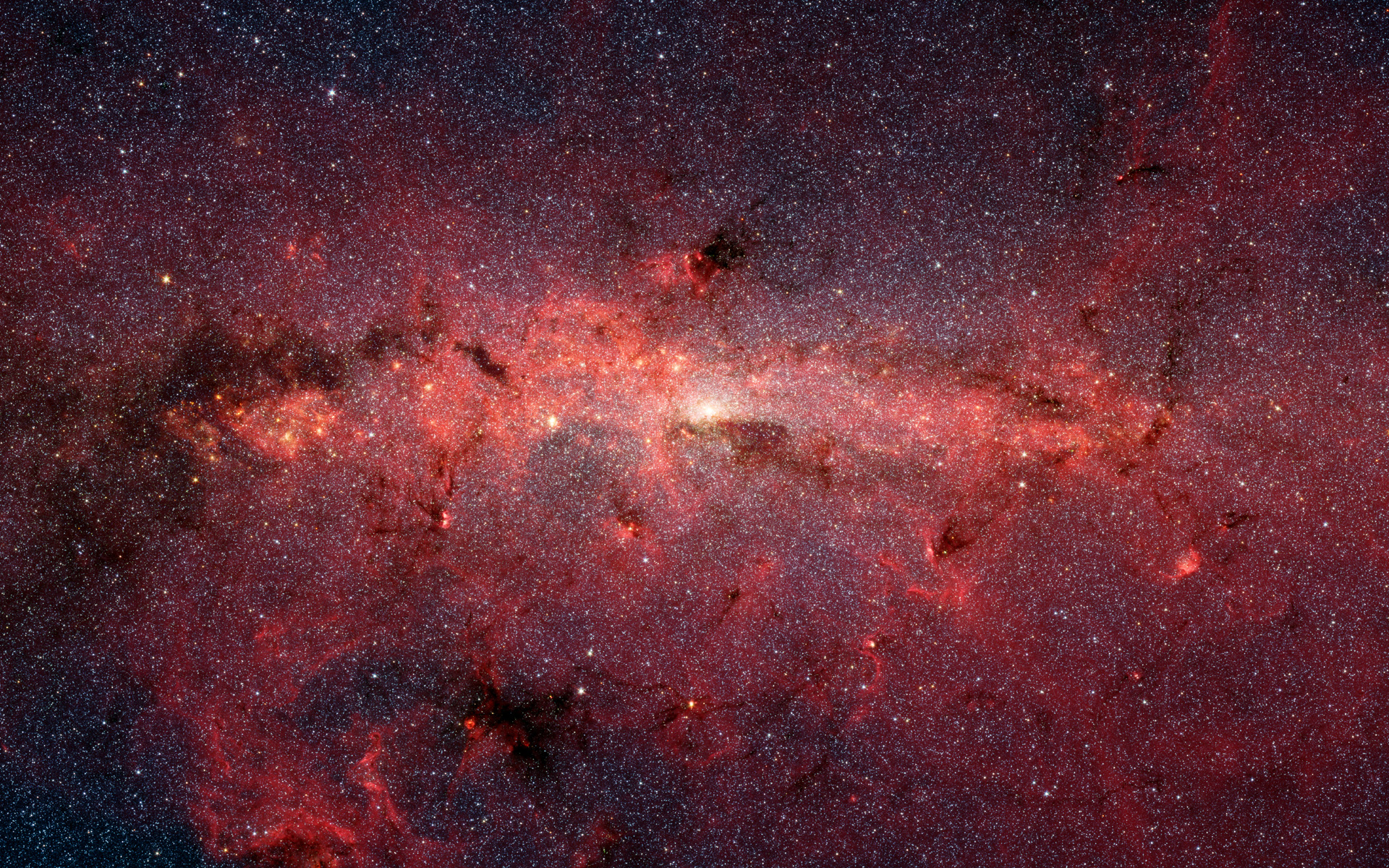I had a great time at Houge Park Friday evening. Turnout was surprisingly light considering the great January weather, maybe half a dozen telescopes set up, and a sparse but steady stream of public visitors. Among the scopes were two 10" Dobs (one was my f/5.7 CPT), a 10" SCT, 10" Takahashi Mewlon, 4" Takahashi refractor and a 3.5" Questar.
What stood out to me were a few particular visitors.
I didn't recognize SJAA member Rob Jaworski when he came by in the dark, and I'd never met his five year old daughter Rebecca. She wanted to look at the bright star below the moon. Of course, it was Venus. Rebecca climbed the ladder, looked, and asked again to see the bright star, instead of the moon. To prove that it was not the moon, I moved the scope up to the "real" moon, and had her look again. She was astonished. She'd ask to see it bigger, smaller, medium size, she noted the earthglow. She hogged the scope (which was fine, with so few others around, it was fun to watch). As other people would come by, she'd drape herself over the ladder, bending acrobatically out of the way as others looked through the scope. This went on for at least an hour, until she began to chill, and dad said it was getting to be bed time. The experience took me back to when my daughter was that age, and was introduced astronomy. Next day Rob e-mailed me and said Rebecca was telling him Venus looks like the moon. Success...
As others came by, I'd move from this object or that. Even with some haze deep sky targets were still visible.
Among my last visitors were two West Valley College students. They were asking about the telescope, so I showed them how to use a Quickfinder, and had them move the scope to M42 and M45. We also looked at some nice doubles - Eta Cassiopeia and Gamma Leonis, comparing magnitudes and colors. The Eskimo Nebula was a good view at 206X - although the shells did not really break out the disk was very evident with a pinpoint central star. I explained what a planetary nebula was, and our sun's future. From there we moved to the Crab Nebula, since we were talking about stellar collapse. Not an easy in-town target - the -students could not see it. An observer next to me came over, peeked in, and immediately saw the round glow. After some explaining about averted vision and what to expect, the students saw it. I think it became interesting to them by describing the size of its neutron star, and that the sweeping beam of its pulsar rotates 30 times per second. That's still mind-boggling to me.
Other targets included NGC 457, The Double Cluster, M35 and M81 (M82 was barely a suggestion). Not a bad collection of sights for the night. It was nice to share them.
After the public left I was talking to Paul Mancuso, looking through the Mewlon. With a 31 Nagler the view of M42 was beautiful. I could hardly believe the image scale, not realizing just how long a focal length is packed into such a small OTA. Paul is a long time SJAA member, and I off-handedly asked if there was anything he was interested in doing with the club, some project. He replied that he wanted to get involved in the school star party program. I thought about Rebecca, looking at the Venus "moon", and the West Valley students pushing the a Dob around, and learning about pulsars.
This sort of observing, actually sharing, was fun. Mancuso is heading in the right direction.
Maybe I'll see you at Houge in two weeks. The 60's saying "Try it, you'll like it!" certainly applies...
Mark
ps - who remembers the derivation of that saying?












No comments:
Post a Comment